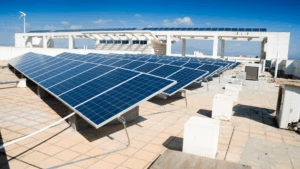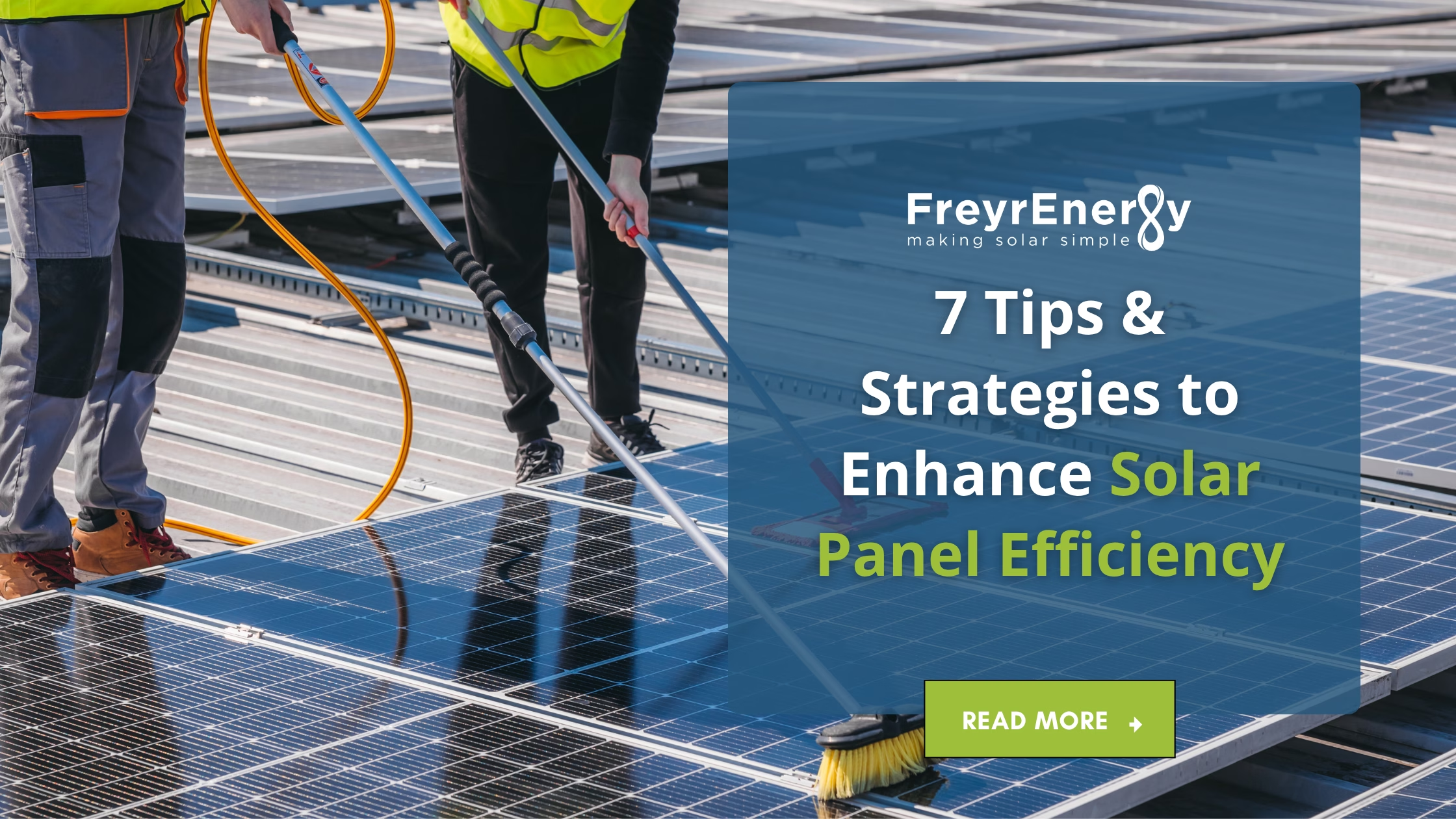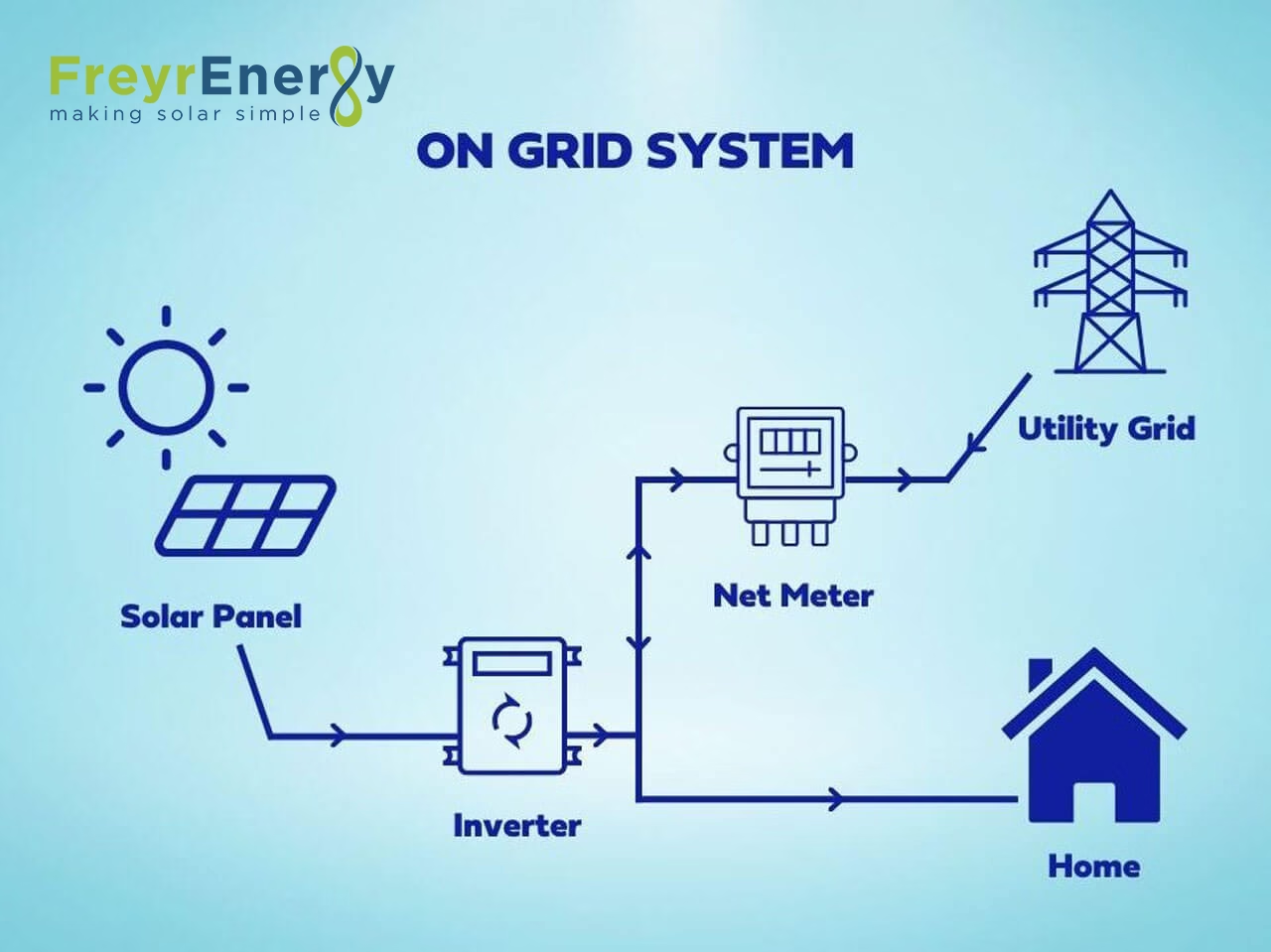A solar panel that isn’t tested properly can fail silently — draining your savings, reducing efficiency, and even posing safety risks.
As India’s solar adoption surges, so does the number of underperforming or poorly installed systems. What’s often missing? One critical step: solar panel testing. This isn’t just a technical box to tick — it’s the difference between a reliable, long-term investment and a costly disappointment.
In this blog, we’ll break down everything you need to know about solar panel testing standards, how professionals use tools like the solar installation tester, why regular solar system testing matters, and what you can do to check if your solar panel is working. Whether you’re a homeowner or business owner, this guide will help you protect your investment and ensure your solar setup performs at its peak.

Why Quality Testing is Non-Negotiable
The growth of solar across India is both exciting and alarming. While it is great for people and businesses to be moving to clean energy we also have a problem emerging, and that problem is poor-quality solar panels stemming from inadequate or inconsistent solar panel testing, and as more people and businesses install an on-site solar rooftop system, we want to ensure the materials are trustworthy, reliable, safe, and assuredly expected to last.
This is where solar panel testing standards come into play! Standards developed for the purpose of protecting the public – and ensuring that your solar investment is NOT just going to work for you, from day one, but also continue to work for you, saving and sustaining for the years to come.
What You Don’t Know About Solar Panel Testing Could Cost You
Most solar buyers don’t understand that there is variance in panels. Even among panels of identical appearance, performance can differ greatly. Without sufficient solar panel testing, panels could have microcracks, experience efficiency losses, or present a safety hazard.
These hidden inefficiencies can carry over to greater and greater levels over time — resulting in lower energy generation, less return on investment, and money sunk into future repairs. Testing verifies that every performance measure is achieved and highlights faults that wouldn’t otherwise be discovered.
What Are Solar Panel Testing Standards?
Solar panel testing standards characterize guidelines and performance parameters that a panel must pass before it can be used. The internationally recognized standards come from the International Electrotechnical Commission (IEC) standards are the most recognized on a global basis while in India, the Bureau of Indian Standards (BIS) provide guidance around nationally relevant standards.
Some of the common tests include:
Key testing protocols include:
- IEC 61215 – Evaluates long-term performance under normal conditions
- IEC 61730 – Assesses safety under electrical and mechanical stress
- IEC 61853 – Measures energy yield across various environmental conditions
These standards help ensure that panels are capable of functioning in rough climates, will stand up to wear and tear, and will produce a consistent amount of energy. Manufacturers and third-party labs follow a protocol for testing solar panels. As part of the protocol, there is a process for marking, so that certified products can easily be recognized.
Using a Solar Installation Tester: What Professionals Do
During and shortly after the installation of your solar energy system, trained professionals will typically utilize a solar installation tester to check the performance and safety of the system. Sometimes local vendors skip this important step, but it gives you a chance to assure that what you see on paper is what you can expect to get in real-world output.
Here’s what a typical solar system testing process includes:
- Visual Inspection – Checking panels for physical damage or dirt
- Continuity Testing – Verifying that all electrical connections are intact
- Insulation Resistance Testing – Ensuring there are no leakages
- I-V Curve Tracing – Comparing actual output against expected benchmarks
This process is particularly important for rooftop installations, where access could be difficult and any issues may not be detectable for months on rooftop solar systems. A comprehensively implemented solar panel testing process provides assurance to homeowners of the quality and production of their installation.
How a Solar Installation Tester Ensures System Health
A solar installer tester is not solely for installation, a tester is also critical to continue testing and diagnosing the solar system operation. These testers can identify shading losses, diode failures, and string performance mismatches.
Some of the key tools and measurements used during solar panel testing include:
- Multimeters and clamp meters for checking voltage and current
- Thermal imaging cameras to detect hotspots
- Data loggers to monitor performance trends over time
When solar professionals establish a performance baseline, they can track performance variations and pinpoint potential issues before they escalate. For residential and commercial customers, this means fewer surprises, increased efficiency, and increased usable life of their solar equipment.
Routine Solar Panel Check-Up: When and Why It Matters
As with any asset, solar systems need regular maintenance. By scheduling solar panel check-ups now and then, you assure that your system is operating at optimal functional capacity and allow you to be proactive about future performance declines. Annual or semi-annual testing is required of installations that are in dusty, hot or humid environments.
A typical solar panel check-up includes:
- Cleaning and inspecting panels
- Checking for wiring corrosion or rodent damage
- Validating inverter performance and data sync
- Re-testing key parameters using a solar installation tester
Many warranties also require regular solar panel testing to remain valid. Ignoring this step could mean paying out-of-pocket for repairs that would otherwise be covered.
DIY and Professional Ways to Check If a Solar Panel is Working
If you’re wondering how to check if a solar panel is working, there are both DIY and professional methods available.
DIY Methods
- Check the inverter display – It shows real-time generation and system errors
- Use a monitoring app – Most systems come with a mobile dashboard
- Observe your power bills – Sudden increases may signal reduced output
When to Call in Professionals
If your panels are underperforming or your monitoring tools flag irregularities, it’s time to schedule a professional solar panel check-up. Experts use solar installation testers to pinpoint issues you can’t detect on your own.
Remember, even the most advanced solar panels degrade over time — but consistent solar panel testing ensures you catch issues before they become expensive problems.
Don’t Skip the Test – It’s Your First Line of Defense
In the race to adopt clean energy, many overlook one of the most crucial steps — solar panel testing. Throughout this guide, we explored the importance of adhering to established solar panel testing standards, how professionals use tools like a solar installation tester for accurate solar system testing, and why routine solar panel check-ups are essential to maintain performance and safety.
We also covered simple ways to check if a solar panel is working, and how combining DIY monitoring with expert support helps you get the most from your solar investment.
Ultimately, testing isn’t a one-time formality — it’s a long-term commitment to quality, efficiency, and peace of mind.
So ask yourself: Is your solar system just installed — or truly tested for performance and reliability?
Frequently Asked Questions
It converts the DC electricity generated by solar panels into usable AC electricity for your home or business.
It receives DC output from the panels and uses electronics to transform it into AC for appliances or grid export.
Common types include string inverters, microinverters, and hybrid inverters.
Base it on system size, type (grid-tied/off-grid), budget, and panel compatibility
Yes, with some modifications, inverters can work with wind or hydro systems that produce DC power.
Typically 10 to 15 years, shorter than solar panels.
Replacement costs range from ₹25,000 to ₹1,00,000 depending on the type and capacity.
Yes, unless you’re using a DC-only system for specific devices, an inverter is essential.
Grid-tied inverters sync with the utility grid, while off-grid inverters work independently with batteries.
It won’t increase panel output but ensures maximum usable power through optimized conversion.



